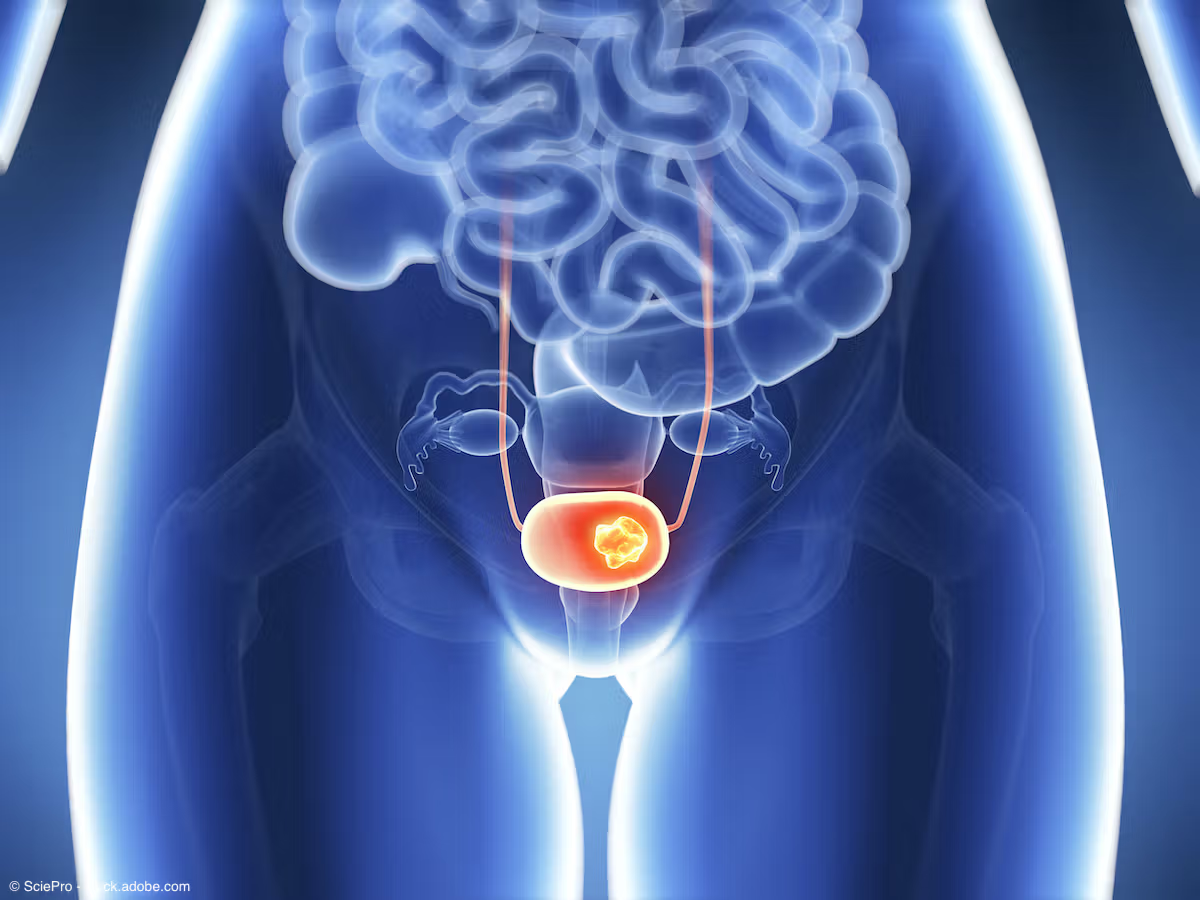Opinion
Video
Katherine Chan, MD, on viral vs non-viral vectors in bladder cancer
Author(s):
"Viral vectors are basically a blueprint of the virus that's used to carry the DNA payload into the target tissue, but the problem is they have some issues," says Katherine Chan, MD, MPH.
Detalimogene voraplasmid (EG-70) is an investigational non-viral gene therapy that is designed to stimulate both the innate and adaptive immune response. In a recent interview with Urology Times®, Katherine Chan, MD, MPH, explained the difference between viral and non-viral vectors in gene therapy.
EG-70 is currently in phase 1/2 development for the treatment of patients with non–muscle invasive bladder cancer (NMIBC).
Chan is the senior medical director at enGene and a urologist at the University of North Carolina, Chapel Hill.
- Chapters
- descriptions off, selected
- captions settings, opens captions settings dialog
- captions off, selected
This is a modal window.
Beginning of dialog window. Escape will cancel and close the window.
End of dialog window.
This is a modal window. This modal can be closed by pressing the Escape key or activating the close button.
Specifically, Chan outlines some of the challenges with viral vectors, which can include storage and handling requirements, manufacturing concerns, and a prolonged thaw time.
She added, “Importantly, from a patient perspective, they're immunogenic, which means they can trigger an adverse immune response.”
According to Chan, EG-70, which is delivered with a non-viral vector, helps to overcome some of these challenges. For example, the therapeutic can be stored using a regular freezer in clinic and doesn’t come with any concerns about contact precautions.










Real-time IRP monitoring may redefine safety and scope of flexible ureteroscopy
Telehealth in urologic cancer: Lessons learned from the COVID-19 pandemic
Published data support safety, efficacy of vaginal insert for SUI
Enrollment progresses in study for cisplatin-induced hearing loss in testicular cancer
2 Commerce Drive
Cranbury, NJ 08512
All rights reserved.






